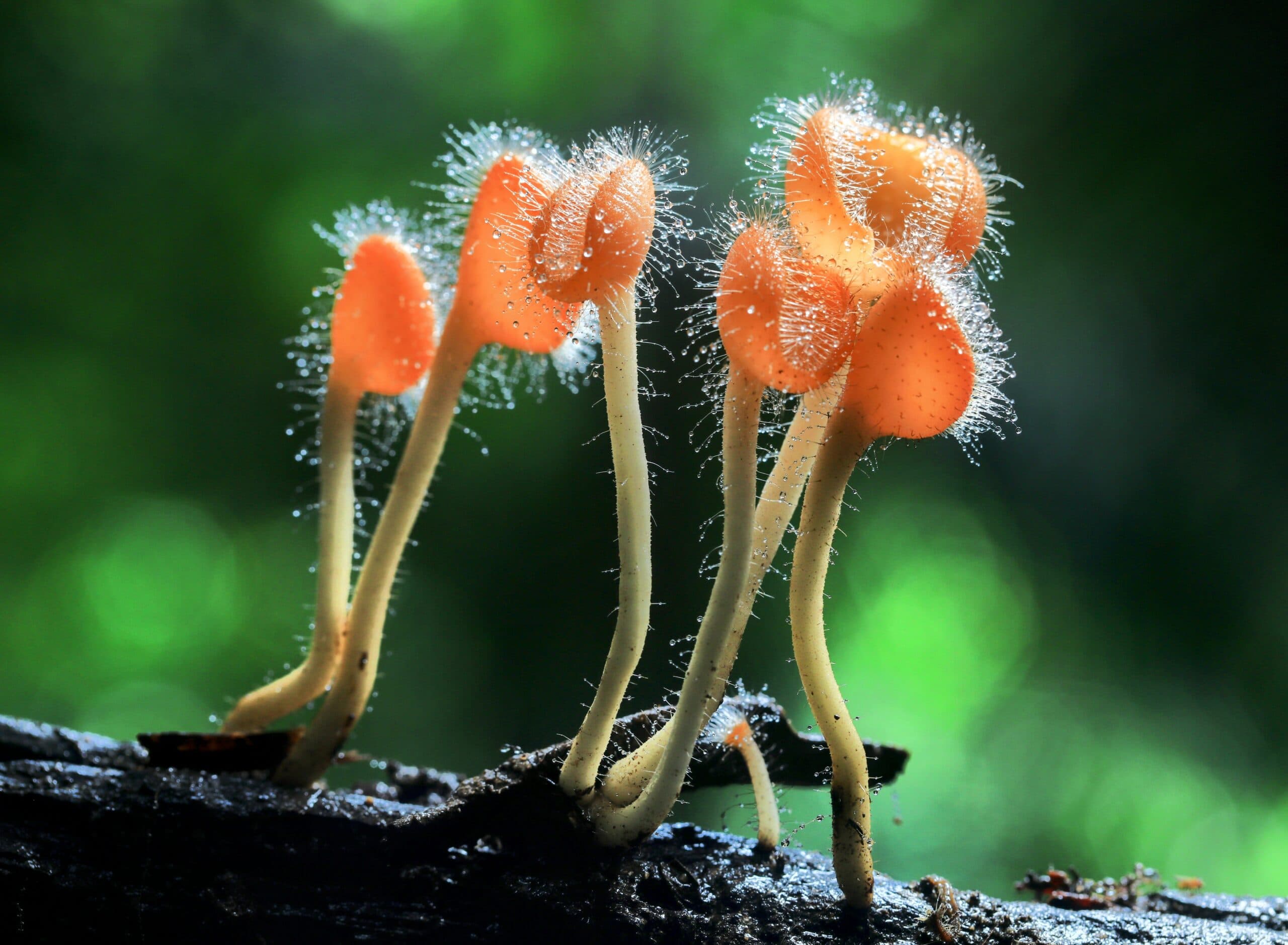
Fungal variety shaped by evolutionary bursts in complexity
Scientists have long observed that fungi come in an assortment of shapes and sizes. However, these differences – referred to in the scientific community as the “disparity” of a group – had never been thoroughly analyzed. Now, a research team from the University of Bristol has found that the vast anatomical variety of fungi stems from evolutionary bursts in multicellular complexity.
“Prior to our analyses, we didn’t know how this variety was distributed across the different types of fungi,” said study lead author Thomas Smith, who conducted the research while at Bristol’s School of Earth Sciences. “Which groups are the most varied when considering all parts of the fungal body plan? Which are the least? How has this variety accumulated and diminished through time? What has shaped these patterns in disparity? These are the questions we sought to answer.”
Their investigation revealed that fungal disparity has evolved episodically through time, with the evolution of multicellularity in different types of fungi opening the door for greater morphological variety. The researchers found increases in diversity linked to both the emergence of the first multicellular fungi, and later on with the evolution of complex fruiting bodies such as mushrooms or saddles in dikaryotic species, which contain cells with two separate nuclei.
According to the scientists, these results align with those of previous studies analyzing animal disparity: both animals and fungi are characterized by clumpy distributions of anatomical variety that have evolved intermittently through time. “The world of fungi is defined by bright colors, strange shapes, and stranger anatomies. Our analyses demonstrate that this breath-taking anatomical variety has evolved in bursts, driven by evolutionary increases in multicellular complexity,” Smith said.
These findings bring scientists closer to characterizing, visualizing, and analyzing the disparity of all multicellular life. In future studies, by starting with in-depth analyses of plants and algae, they aim to combine the datasets characterizing the disparity of the fungus, plant, and animal kingdoms in order to further expand and fine-tune their taxonomy.
The study is published in the journal Nature Ecology & Evolution.
—
By Andrei Ionescu, Earth.com Staff Writer












